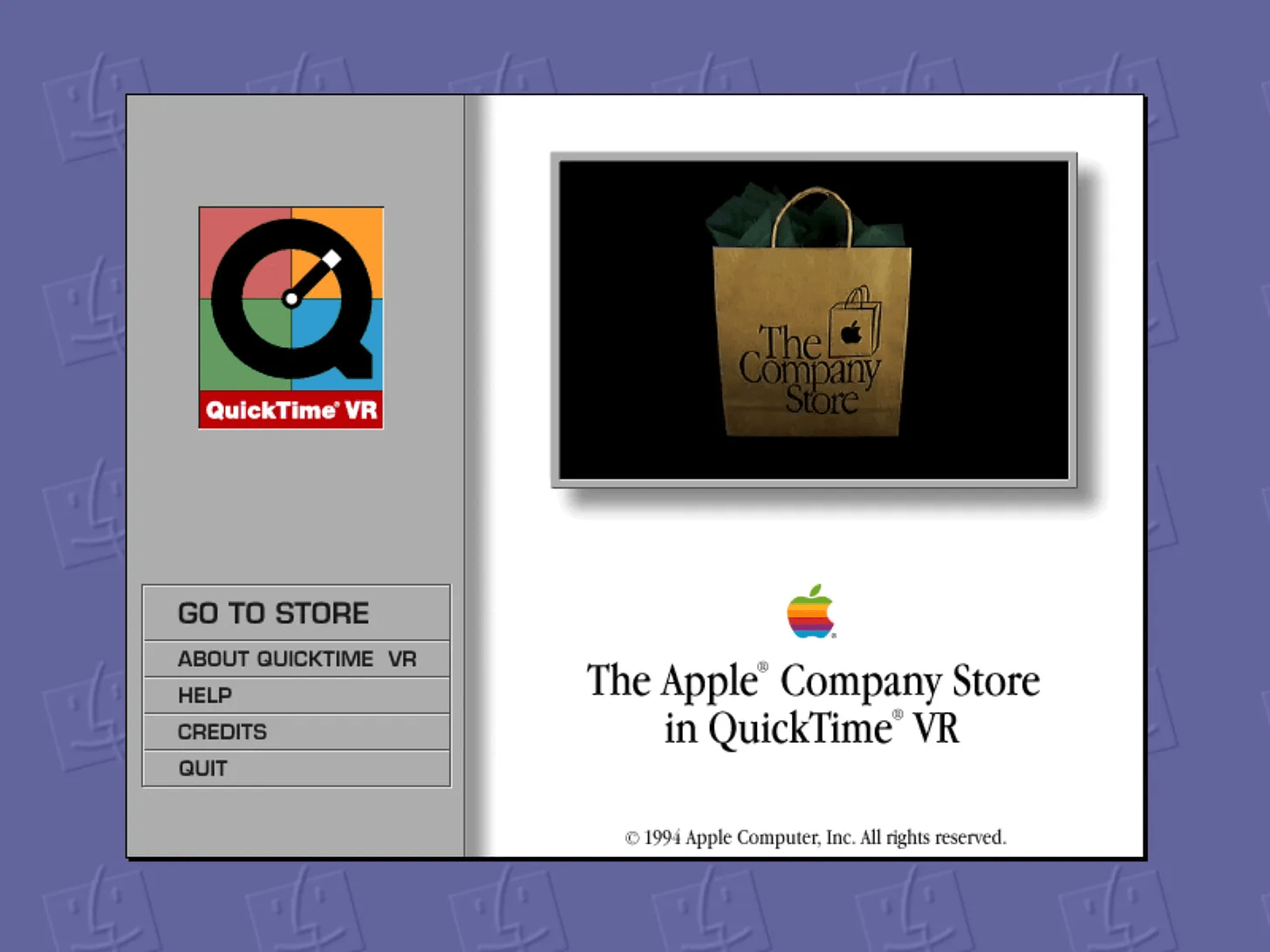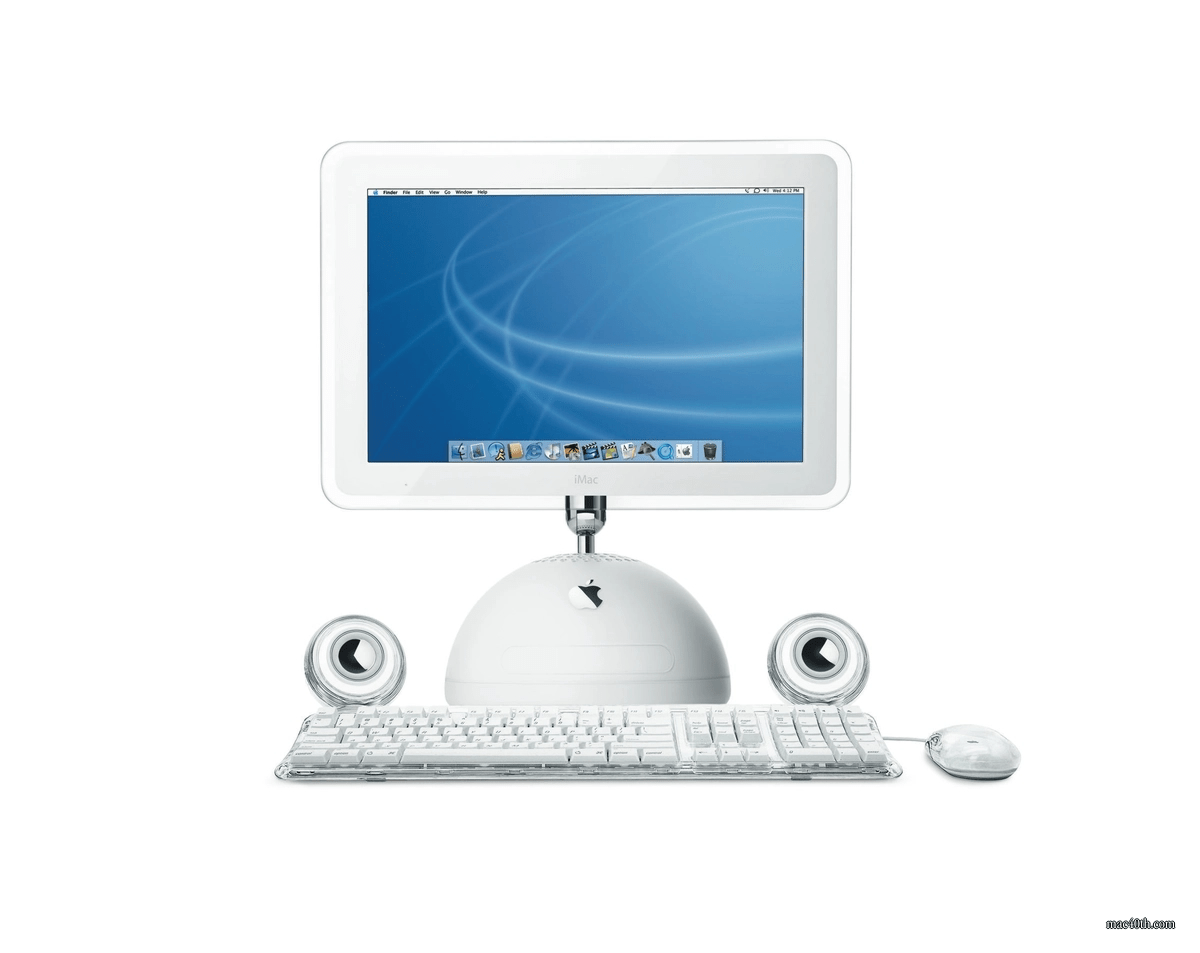Matthew Cassinelli:
Yesterday, Apple began adding transcripts to Apple Podcasts, detailing the change on the Apple Podcast for Creators site and making them available for in iOS 17.4 developer beta 1.
This change is a huge win for accessibility, will surely improve searching in the Podcasts app, and makes quoting your favorite podcast an easy task by letting you copy and paste the text out – something I’ll definitely have to turn into a shortcut soon.
All these benefits are great in their own way and will make podcasts more shareable as a whole, allowing us to unlock so many people’s great ideas that are currently stored within hours of audio files and obscured behind URLs that point only to the show or episode as a whole.
However, I think Apple needs to go one step further in their next step and add timestamps to Apple Podcasts, a long-overdue feature that’d enable users to share links to individual moments within a podcast, directly to a specific point in the transcript.
I couldn’t agree more. From sharing to personal note-taking and research purposes, there several use cases I can think of to take advantage of timestamp links for podcast episodes – especially now that they have transcripts. (Pocket Casts, my favorite third-party podcast player, goes even further: it lets you share timestamp links and save private, time-synced bookmarks for specific parts of any episode.)
I like Matthew’s suggestions for how Apple could implement this feature, and I’ll add: Apple has already built this system for the Music app. When the company added shareable lyrics to the Music app in iOS 14.5, they did so with the ability to share selected lyrics as a special “snippet” on iMessage that is actually an interactive, timestamped song preview based on a special URL. Here’s what I wrote:
Besides Apple’s custom implementation of lyrics selection in the share sheet, what’s also interesting about this is the method the company is using to share Apple Music lyrics URLs. Unlike regular music.apple.com links that reopen a particular song or album in the Music app or play a generic preview snippet in iMessage, lyrics URLs are timestamped: in iMessage, the lyrics card has a play button that will preview the lyrics you shared inline within a conversation; if you tap the link in iMessage and the same song is already paused in the Music app, the Now Playing screen will automatically advance to the section highlighted in shared lyrics.
I’m assuming that Apple is aware of this missing feature from the Podcasts app in iOS 17.4 beta 1; I have to believe their future implementation will be very similar to what already exists in Music.








](https://cdn.macstories.net/banneras-1629219199428.png)

